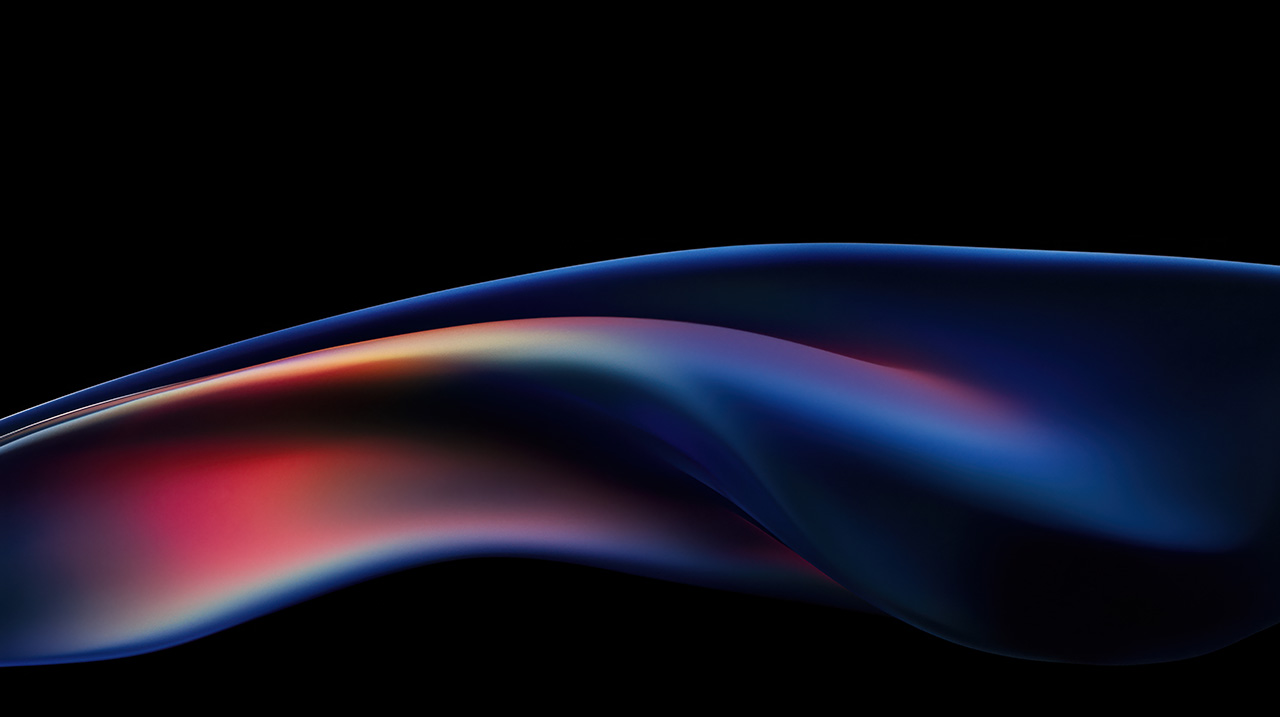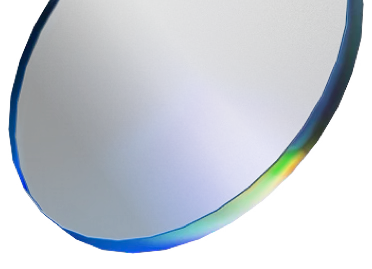

A simple explanation of spatial computing, how it works, and why it matters.

Spatial computing refers to tech that understands the physical space around you and blends digital content into it seamlessly and interactively. This is a broader term than Augmented Reality and it includes Virtual Reality and other spatially-aware tech as well.
Devices use sensors, cameras, and depth systems like LiDAR to map rooms, detect surfaces, and track movement. This allows digital objects to behave as if they occupy real physical spaces. 3D models and interfaces can also be overlaid into these spatial environments.
An iPad recognizes a piece of industrial machinery and overlays virtual instructions on top of it so that technicians can understand the steps to operate it. This happens in context and in three dimensions.
Spatial computing is the foundation of next-generation interfaces where digital content, information, and models can exist alongside our physical world.
Augmented reality, ARKit, World tracking
Learn about augmtened reality or start creating your own experiences.







